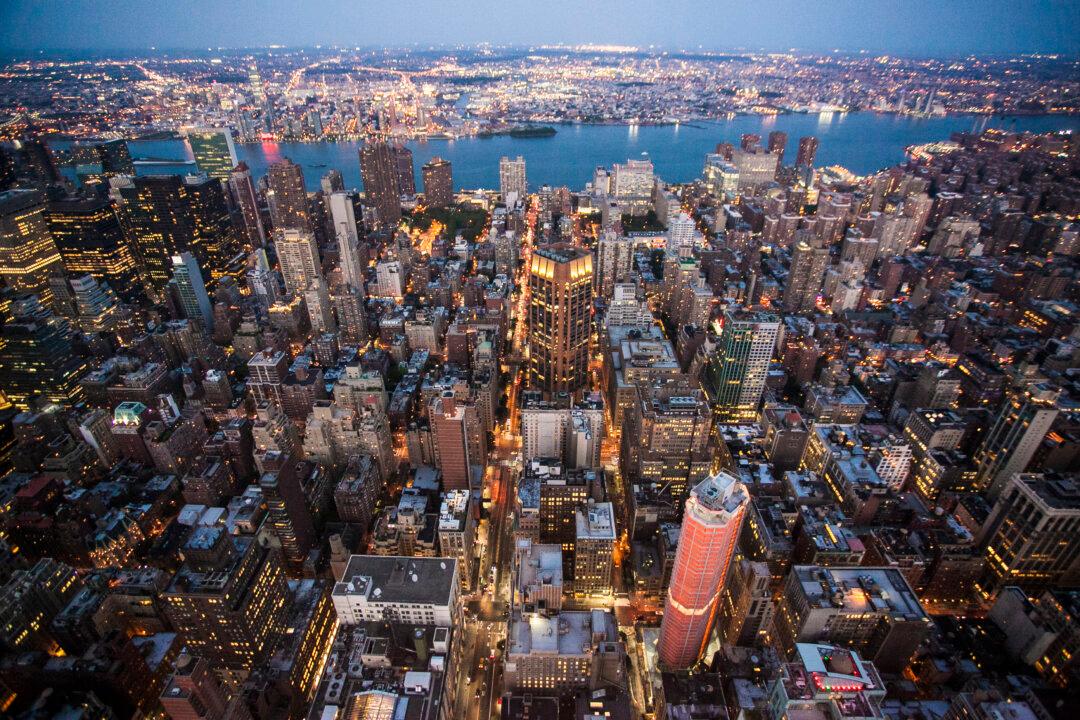NEW YORK—The scrappy, industrial landscape along the Gowanus Canal is undergoing major changes. Large projects by big name developers are changing the aesthetics along the canal. The residents destined to move into the communities they are building will become part of the new, gentrified Gowanus.
By the end of next year, waterfront parks and esplanades will flank the Gowanus Canal on Bond Street at Lightstone Group’s massive 700-unit rental project.
The canal’s signature putrid smell has already dissipated. The City Department of Environmental Protection’s (DEP) reactivated flushing the channel in May last year, following a four-year $177 million upgrade. It now pushes fresher water from the Buttermilk Channel through the once stagnant canal.




